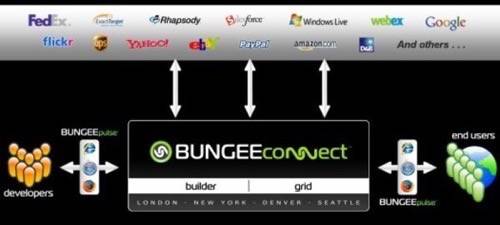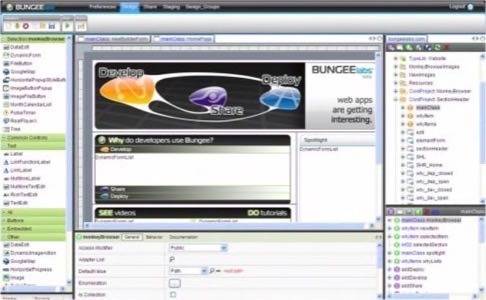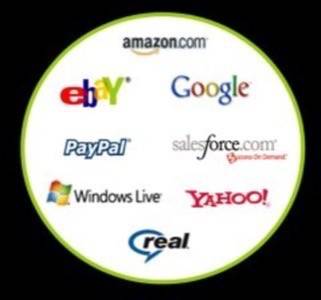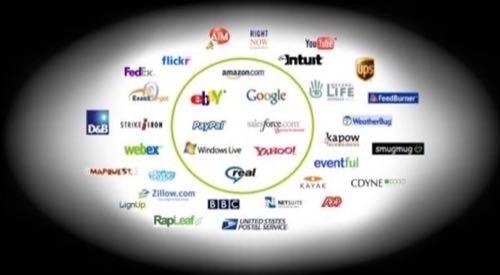Yesterday in the Web 2.0 Expo booths, I checked out Bungee Labs – an ambitious new on-demand, web-based development environment that enables developers to build and deploy web apps that utilize the large variety of APIs and web services out on the Internet. The platform is very broad, but if I had to boil it down to a core concept then the term “utility computing” is probably the one. Because ultimately Bungee Labs enables you to build and deploy a web app, but only pay for it when you yourself make money from the web app. In other words, as a developer and/or entrepreneur, you only ever pay Bungee Labs upon commercial deployment of the web app you’ve built.

To find out more about the system, I spoke yesterday to CEO Martin Plaehn and VP Community Alex Barnett. Bungeeconnect is the name of the actual development platform and its most striking feature, at least to me, was that it easily allows developers to utilize hundreds of APIs – from the likes of Google, Amazon, eBay and others. The web apps that result are cross-platform (running on Windows, Mac, Linux; as well as all the main browsers), so all up it is a very inclusive system in terms of web services and the underplying PC/browser platforms. The following diagram shows the high level concept:

For developers, probably the biggest appeal of Bungee is that it reduces the complexity of building web apps that hook into multiple APIs. Connected web apps that use web services from various companies (like Google, Amazon, etc) are becoming increasingly common, so Bungee is designed for this nascent environment. It will also enable groups of developers to collaborate online – so connecting not only to external web services, but to fellow developers.
As I mentioned above, Bungee hopes to make money by being a computing utility. It doesn’t charge the developer to use or test the platform, only charging for the commercial services used by the end customer. It also will not get into the business of developing or deploying web apps itself – it wants to be focused on being the platform for others to do those things. Bungee hosts the ‘connected app’ for free, so in this respect it is attractive to its target audience of Small-to-Medium sized businesses (SMBs). Note that developers still need to comply with whatever restrictions or fees that the API providers might charge for using their data, but the dev/hosting service that Bungee provides is free – up until the time your web app starts making money.
Bungee Connect is similar to platforms like Morfik and Google Web Toolkit, in that it’s a web app development platform and one of its goals is ease the process of developing Ajax applications. Alex Barnett compared it to a web version of Microsoft’s Visual Studio. It also competes in a way with Adobe’s Apollo and Microsoft’s own next-gen web app development platform Silverlight.

From a high level, Bungee is interesting because it shows how web apps are developing into a much more connected ecosystem – based on the hundreds of APIs and web services that are available for developers to hook into. Bungee has made partnerships with the following core API providers:

But ultimately Bungee allows you to connect to literally any service that has an API or another method of hooking into their data. CEO Martin Plaehn told me that they’re targeting e-commerce and CRM providers at this point (like Amazon and salesforce.com), with their next goal the search and geo-location services that are a subset of e-commerce and CRM. So for example Kayak and Zillow.com. The following diagram illustrates this:

Conclusion
This post is just an introduction to Bungee Labs – their product and its goals are very broad. Bungee Connect is still pre-beta (it goes into beta in May), so there’s a lot to learn yet about the company. For further information Alex Barnett has a great post on his personal blog, that also provides links to other analysis pieces. But if you’re a developer interested in building next-generation web apps, the best thing to do is check Bungee out for yourself. Let us know in the comments what you think, and whether this kind of platform will result in the next wave of compelling web apps.
As an industry analyst and someone keenly interested in where the Web is going, Bungee seems to me to auger a new breed of web app – i.e. highly connected apps that utilize a variety of external APIs and web services, from service providers like Google and Amazon. This will ultimately result in more choices for end users, and more innovation in web apps and online businesses.










